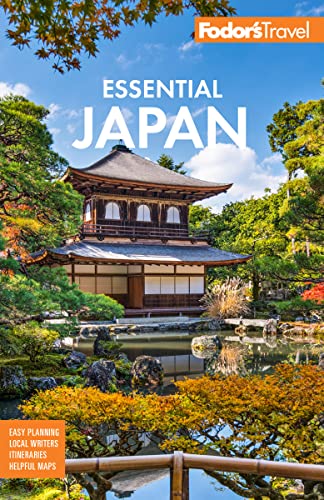Gassho-zukuri Farmhouses
It’s tempting to think of traditional domestic architecture in Japan, with its paper windows and tatami mats and sliding screens as insubstantial. The moment you see a gassho-zukuri farmhouse, that temptation will disappear.
The term gassho-zukuri in Japanese means "praying hands." As hands come together, fingertips touching, in Buddhist observance, so lie the sloping, gable roofs of these remarkable farmhouses, watertight layers of reed thatching 3 feet thick or more, over massive wooden beams, set at a steep 60-degree angle to keep the snow from piling up. The mountain forests of Gifu and Toyama prefectures in the Japan Alps, where most of these houses survive, get some of the heaviest snowfalls in Japan—12 feet of it, from November through March, is not uncommon—and no less a roof would do. The houses, four and sometimes five stories high, are usually built on a north–south axis, so the angle offers the least resistance to the winter wind. They are a masterfully practical architectural adaptation to challenging weather conditions, but they also have a certain beauty.
Strongly Built
Gassho-zukuri houses represent one of the crowning achievements of traditional Japanese carpentry. Astonishingly these houses were built without nails, pegs, or brackets. Complex joinery, ropes, and strips of hazel wood hold the beams together, the joints tightened with small wedges, typically with no diagonal bracing. They are flexible enough to withstand winter storms and even earthquakes.
A Practical House
Like most traditional farmhouses, the gassho-zukuri was a living and working space for one, two, or even four generations of an immediate and extended family and their hired help—often 30 people or more—under the one pitched roof. Sleeping quarters were on the first and second floors; in the medieval period, the ground floor was also used for the making of niter (for gunpowder) in summer—tribute paid to the feudal lord in lieu of taxes—and washi (Japanese paper) in winter. The triangular top stories were reserved for silkworm cultivation. Stables were connected to the living space, so no one had to go outdoors during the long, cold winter months—except, alas, to the outhouse.
In the center of the huge open room on the main floor was—and still is—the irori, a charcoal fire pit with a huge wooden pot hook suspended over it for cooking. In winter it was the only source of heat in the house; the higher your standing in the family, the closer you got to sit by the fire. The hearth sent billows of smoke upward to cure meats and dry food set on a metal grill suspended from the ceiling; the rising heat also kept the precious silkworms warm. Centuries of smoke would darken the walls and beams of the house, giving them as well a protective coating against insects, but the smoke takes its toll on the thatching, which has to be replaced every 30 or 40 years. When there’s a roof to be done, the whole community pitches in, like an Amish barn-raising, laying some 20 truckloads of new reeds in two or three days.
Seeing the Gassho-zukuri Today
At one time, it was estimated that there were more than 1,800 of these extraordinary farmhouses in the mountain villages of central Japan, between the castle towns of Nagoya and Kanazawa, many dating back to the 17th century. Today only some 150 remain—the largest number of them in the villages of Shirakawa-go and Takayama on the border of Toyama and Gifu prefectures, which together were declared a UNESCO World Heritage site in 1959. Access to them is by no means easy, but since the 1990s these villages have become increasingly popular tourist destinations, especially for domestic travelers; many of the houses in Ogi-machi village have been converted to minshuku (guesthouses) to accommodate visitors to this area. Another group of gassho-zukuri farmhouses can be found in Hida no Sato (Hida Folk Village), an open-air historical museum in the Gifu city of Takayama.




